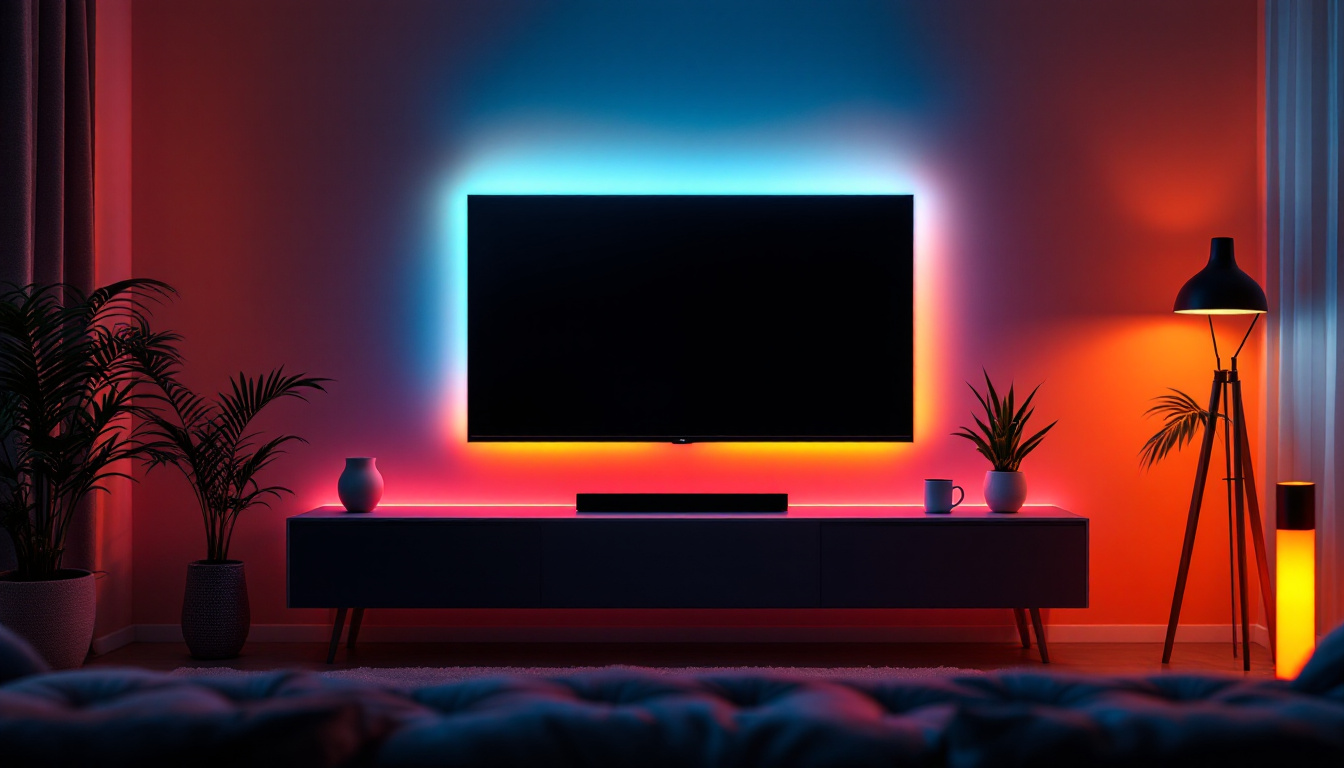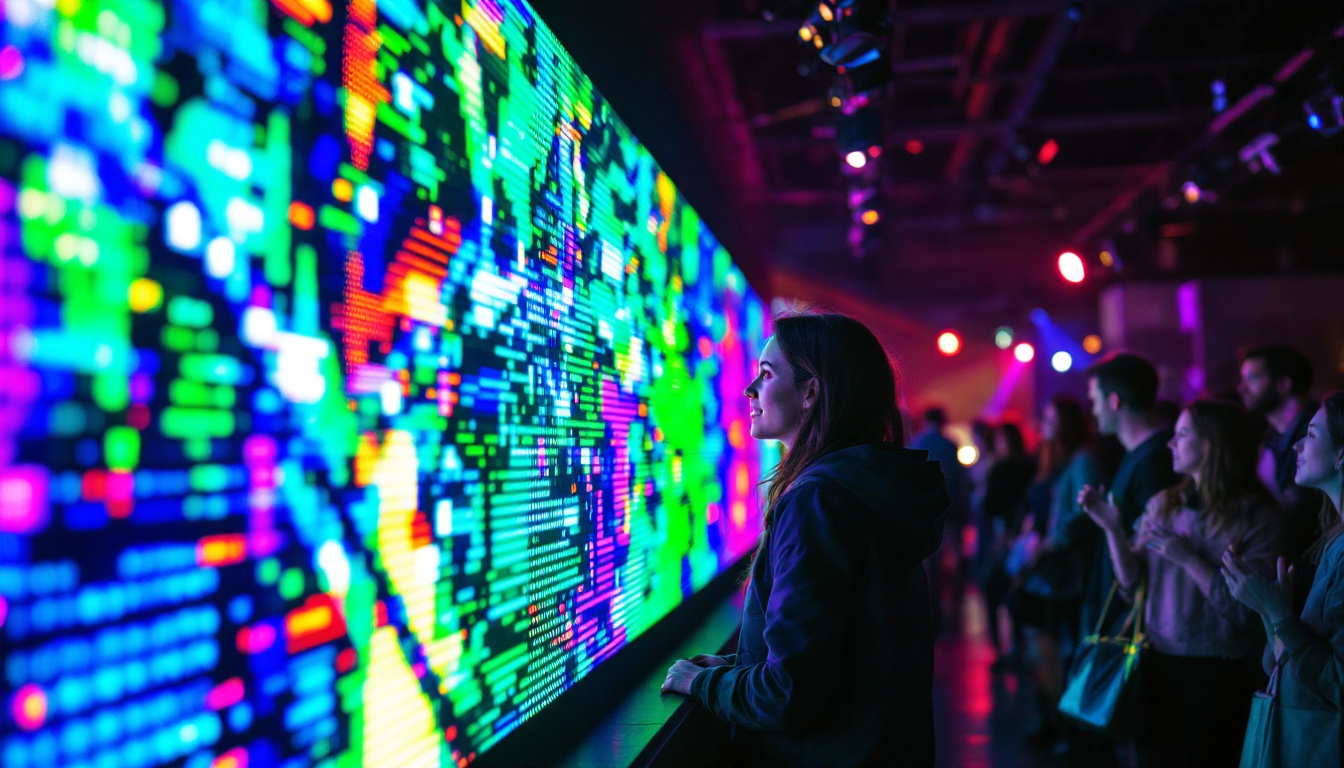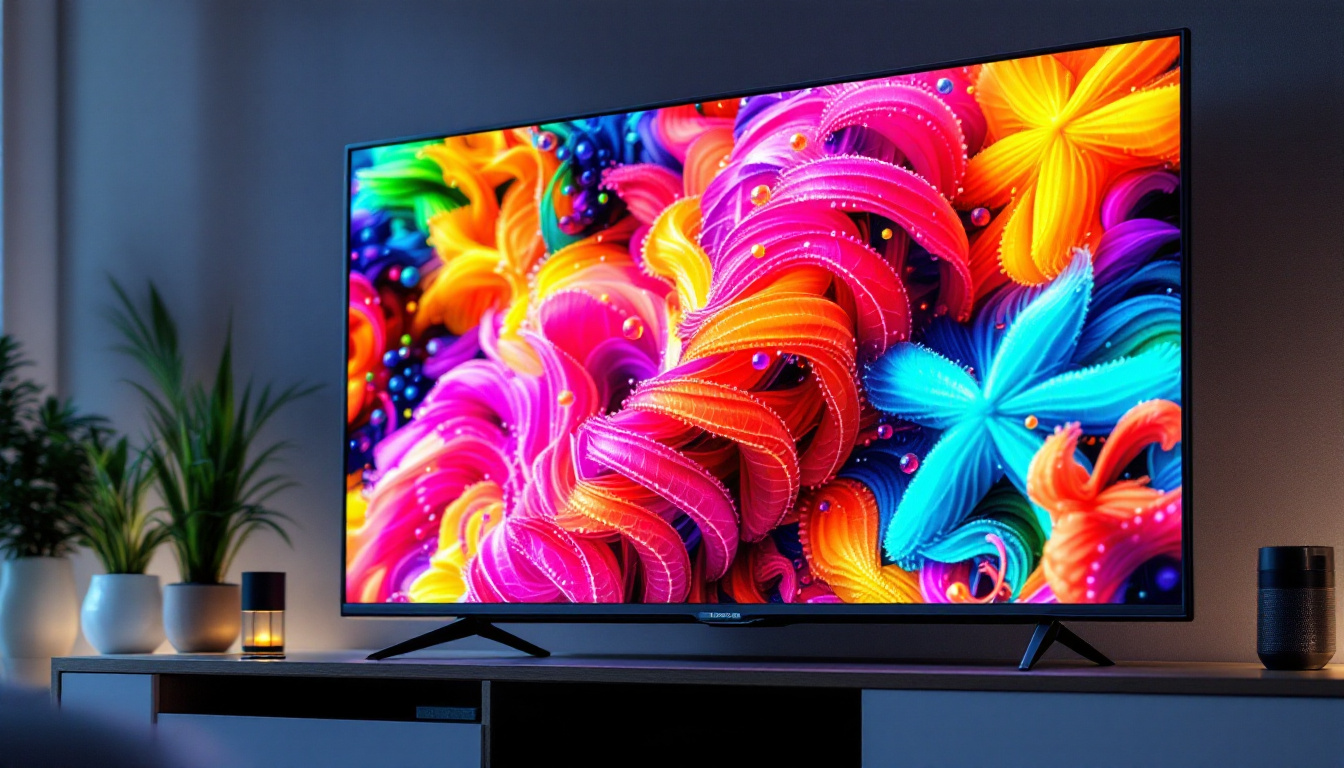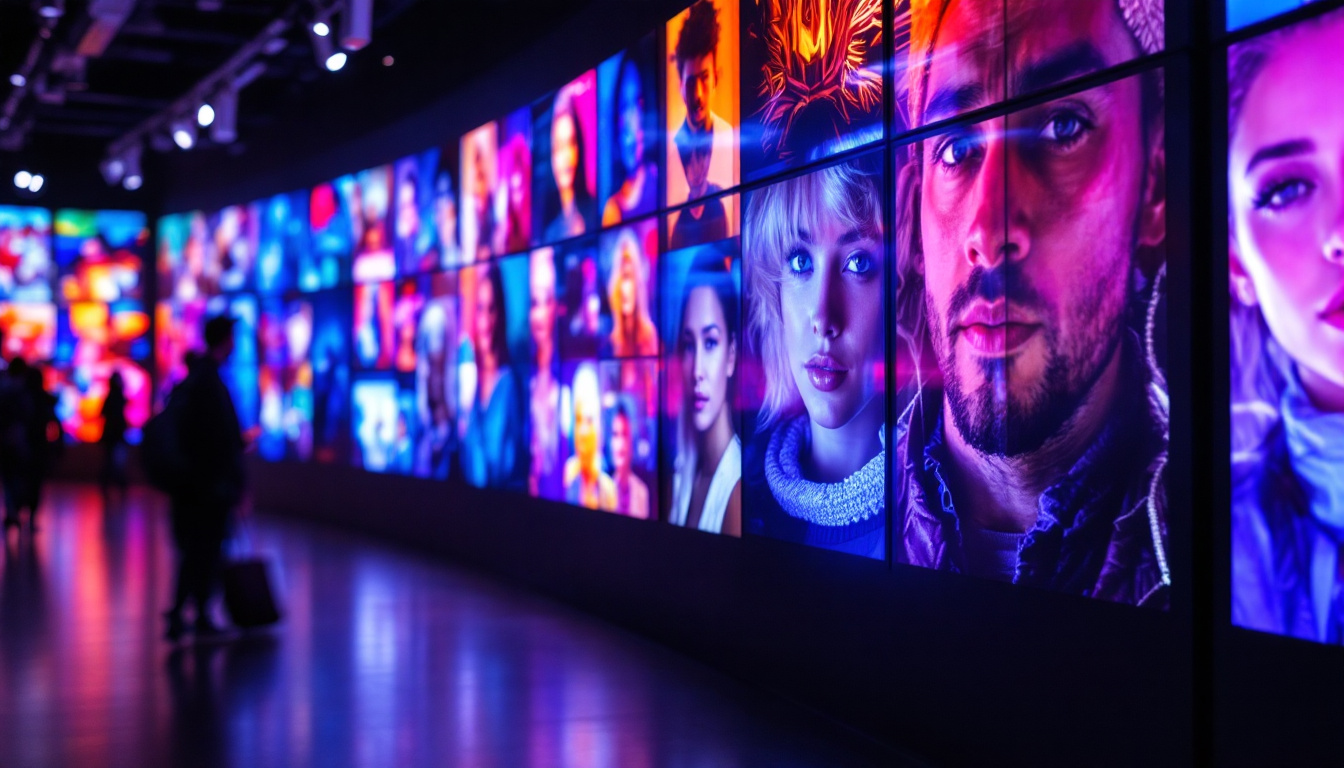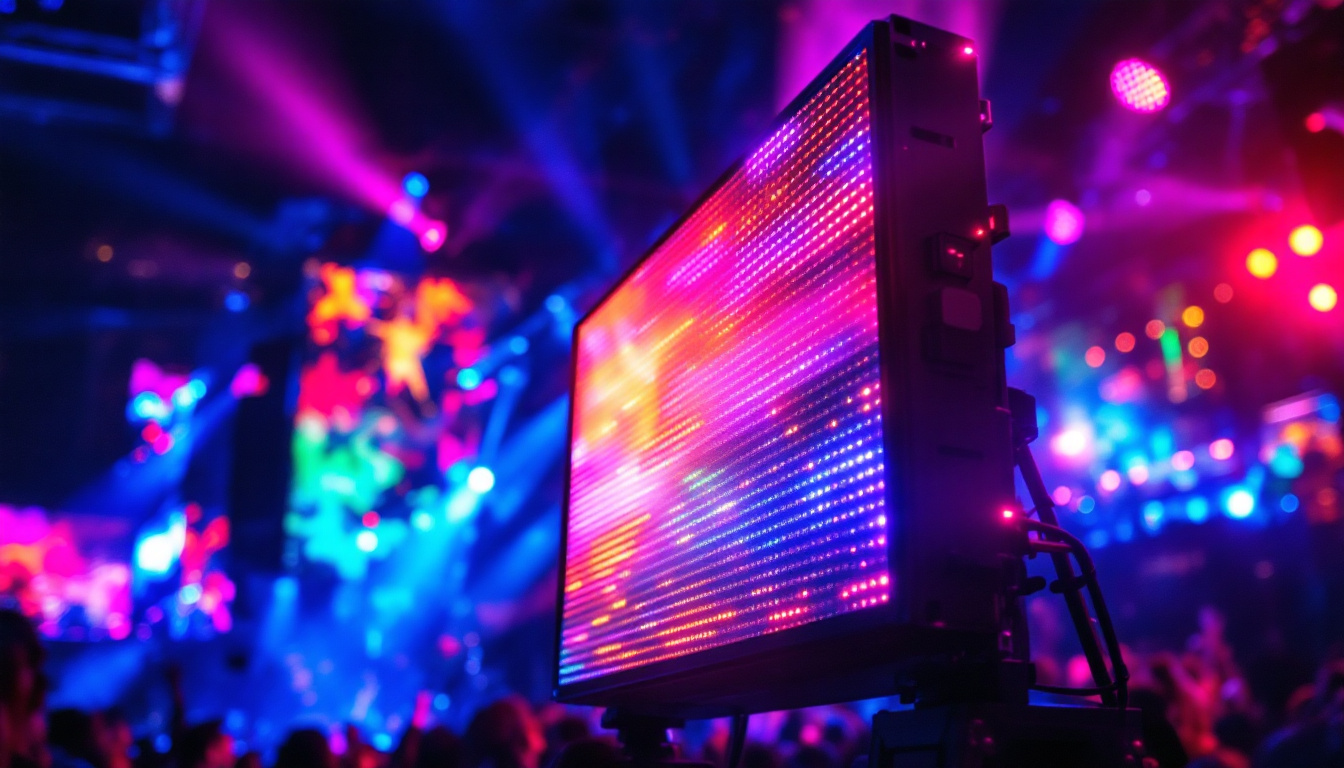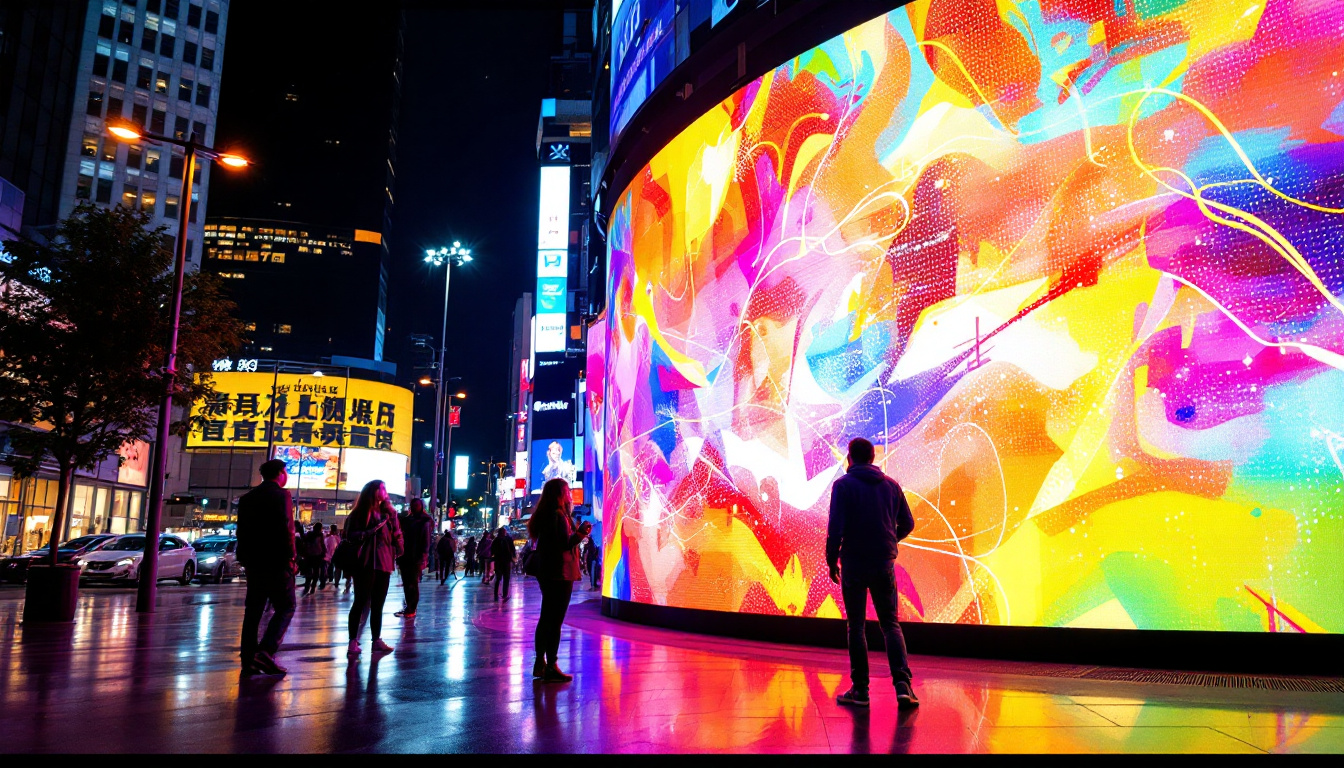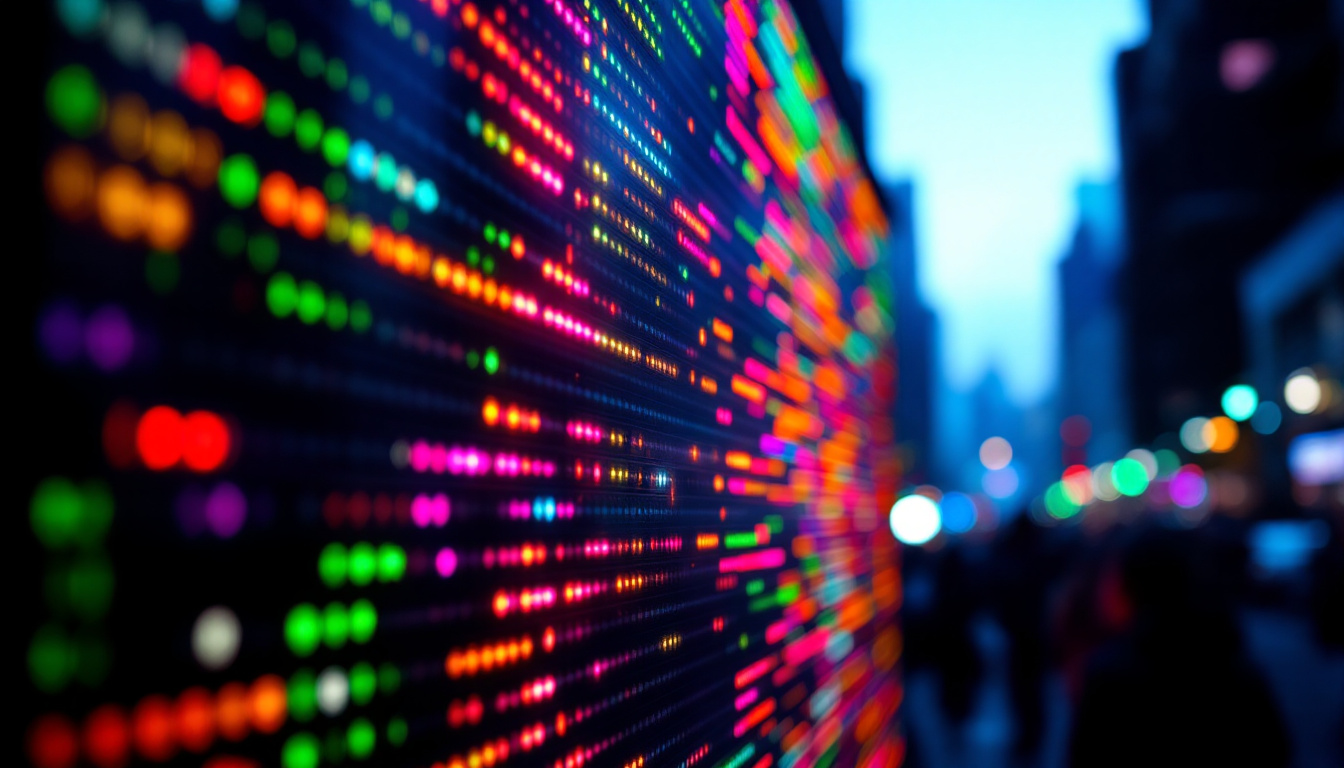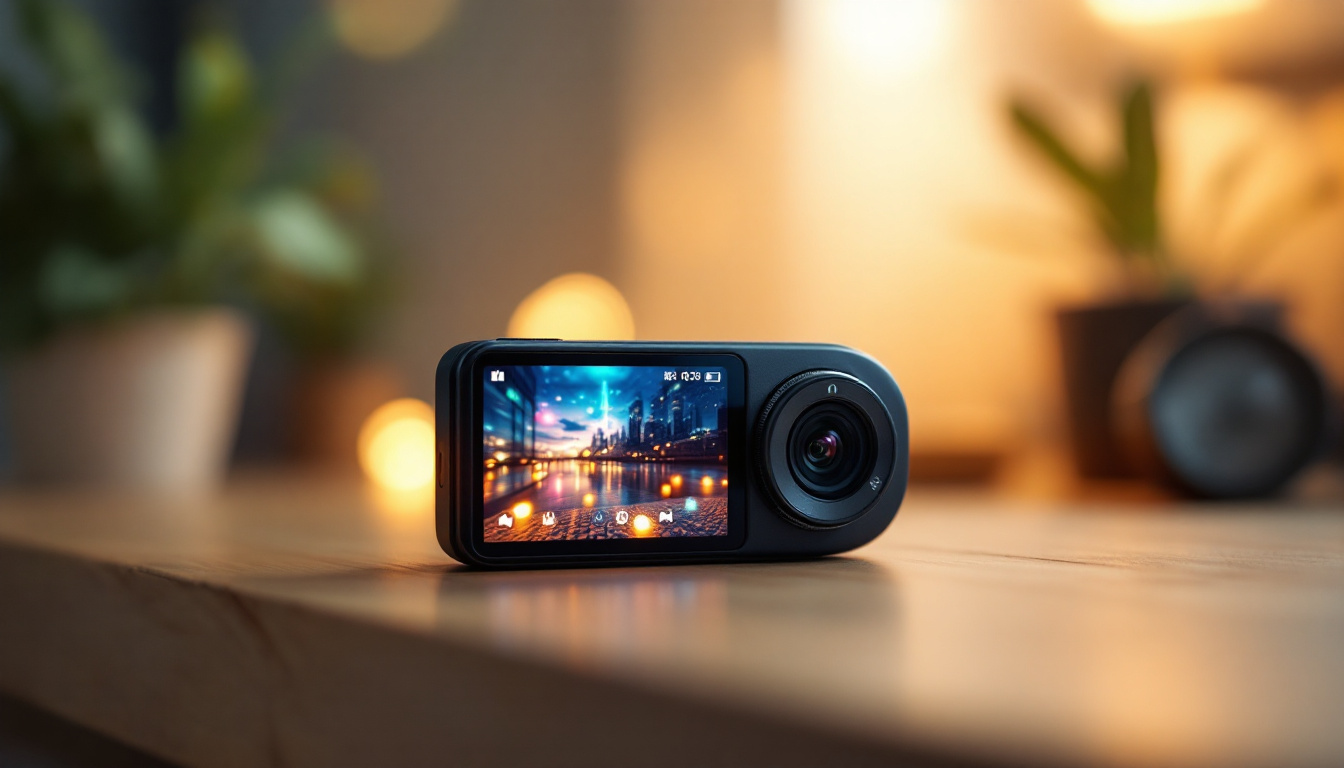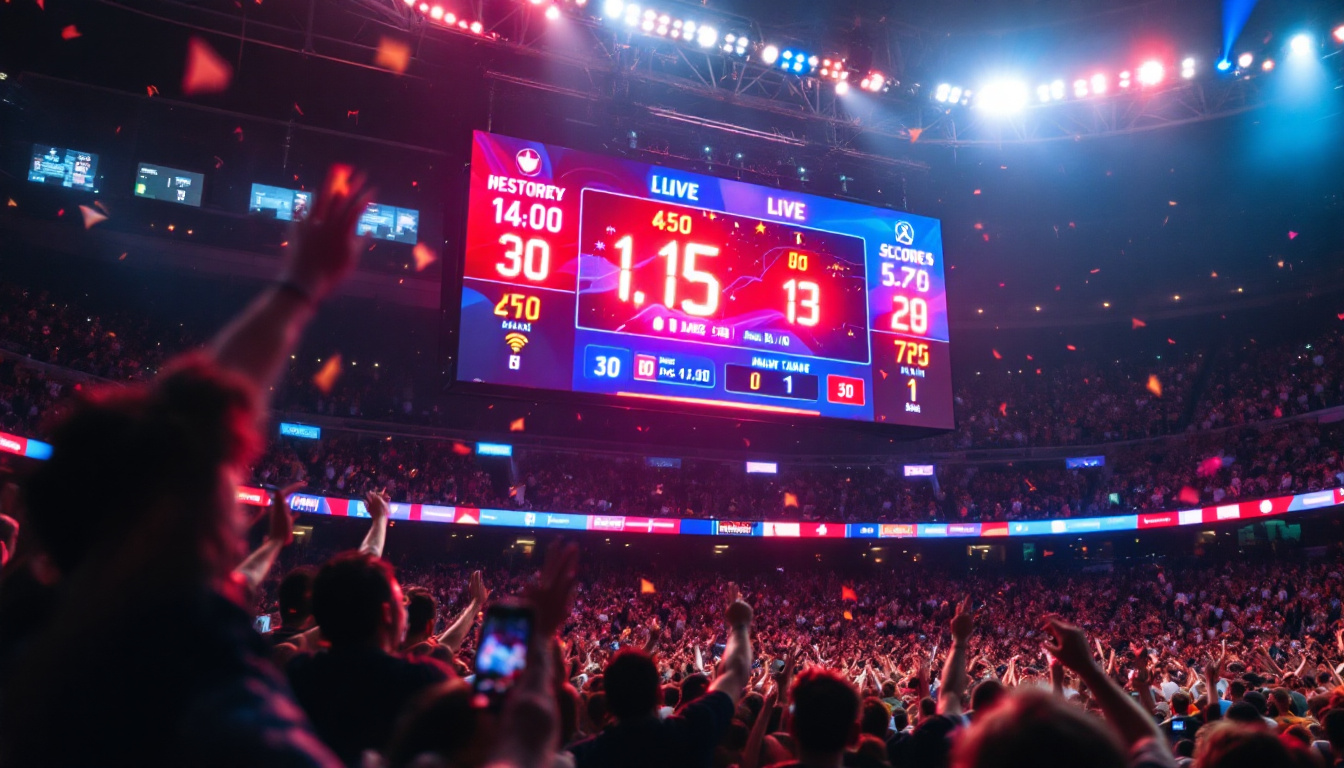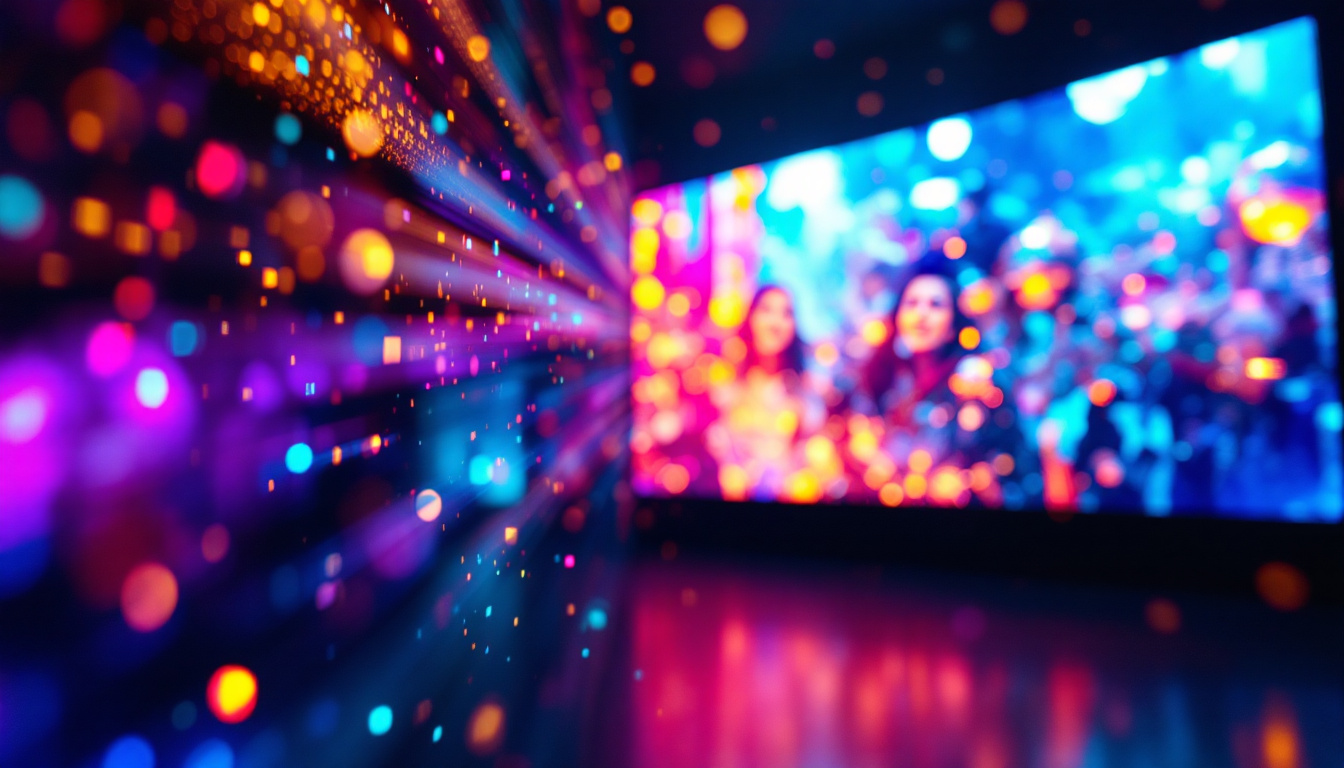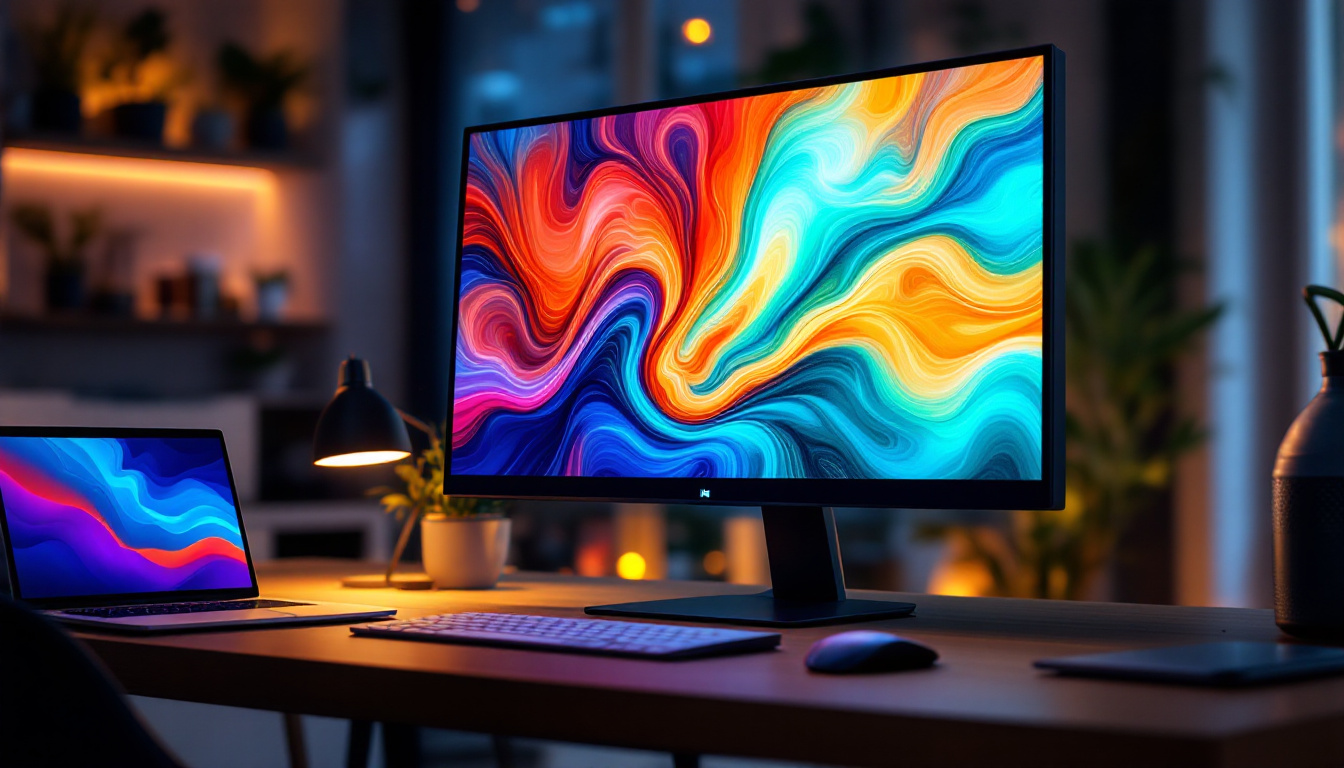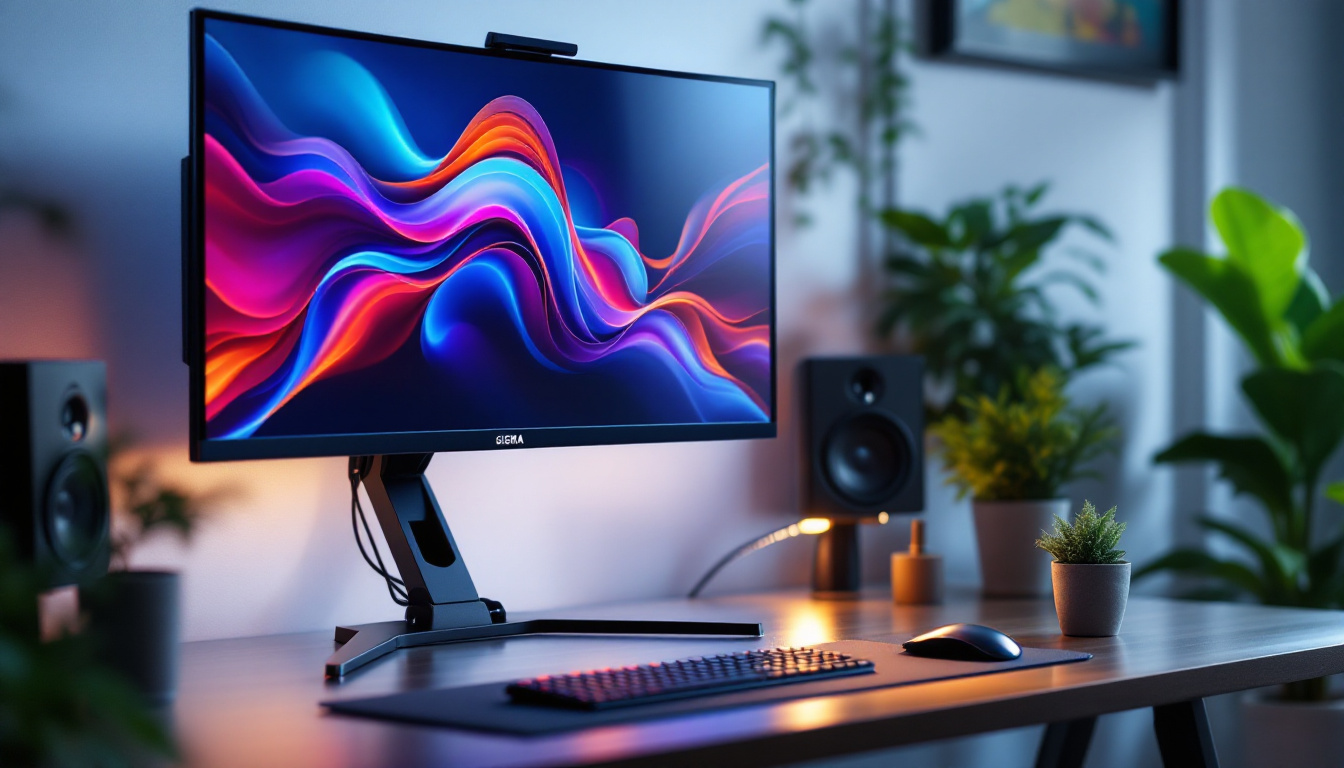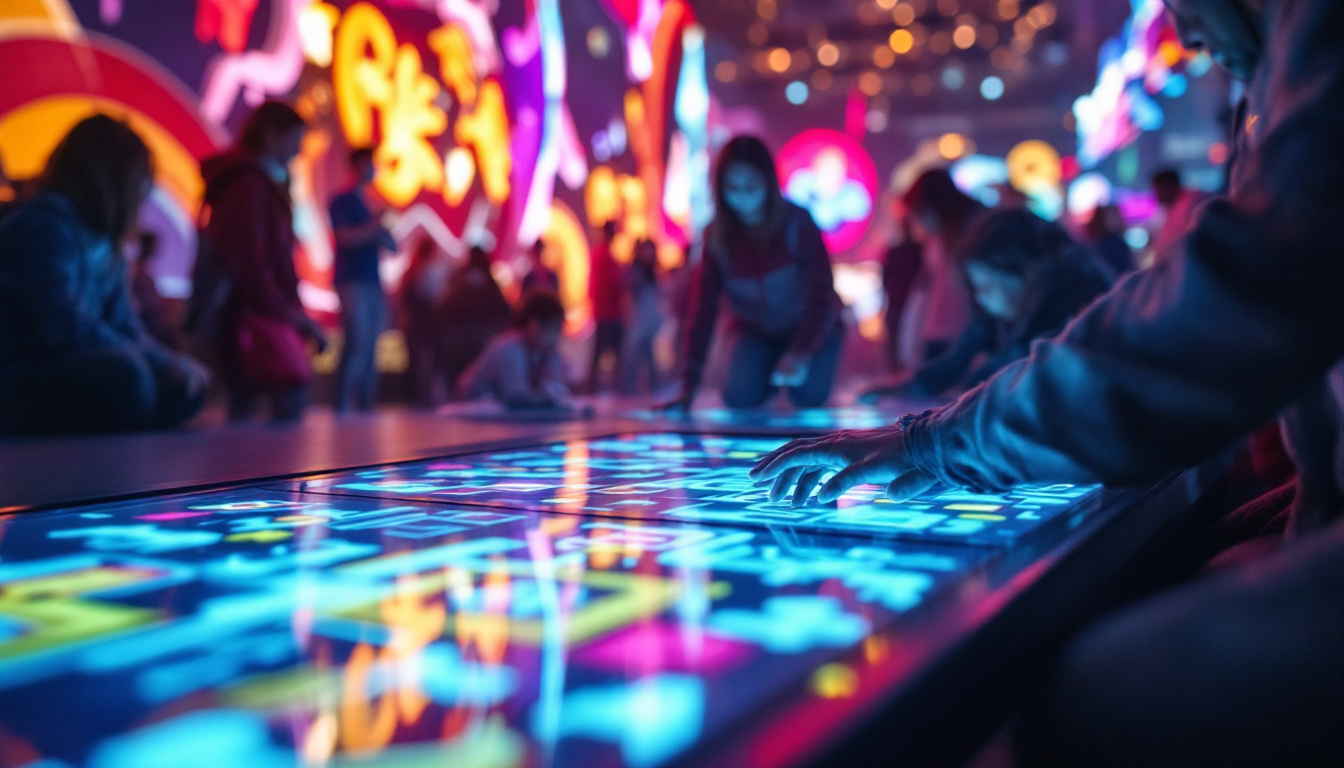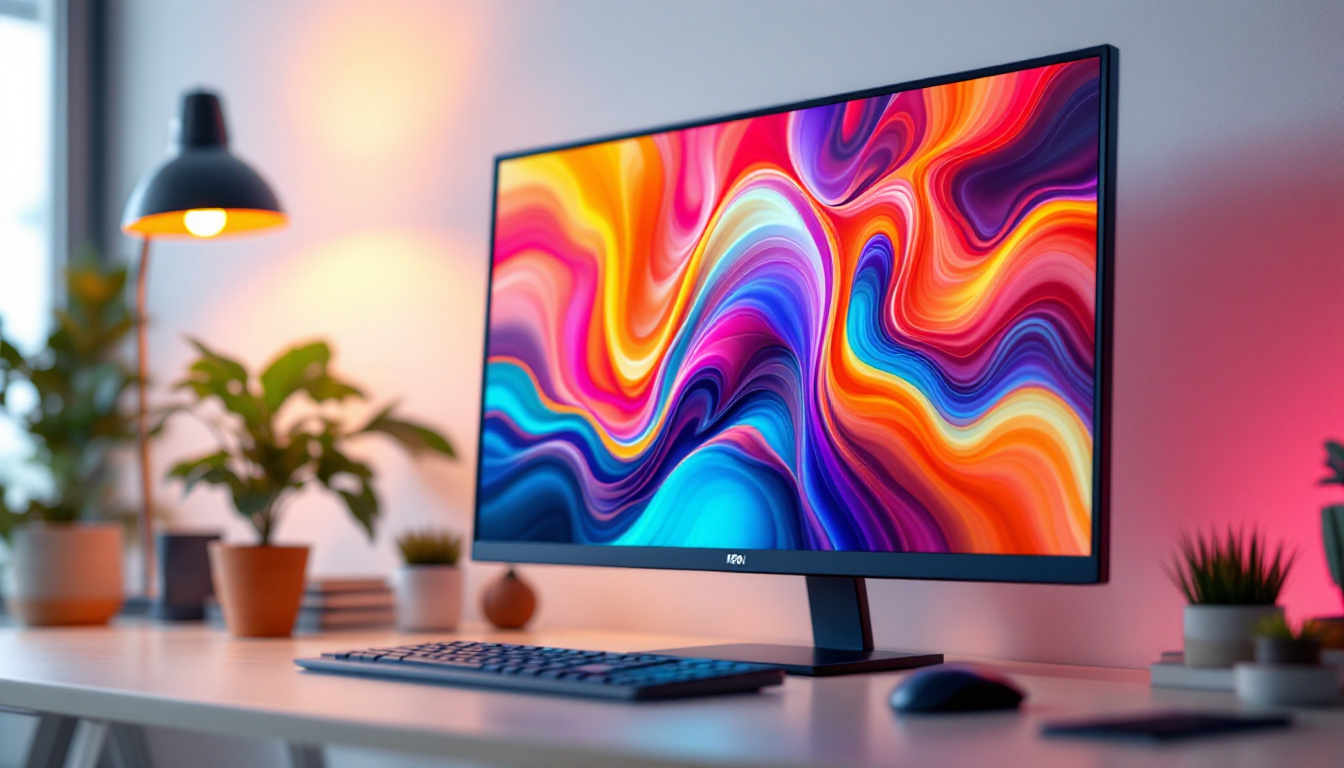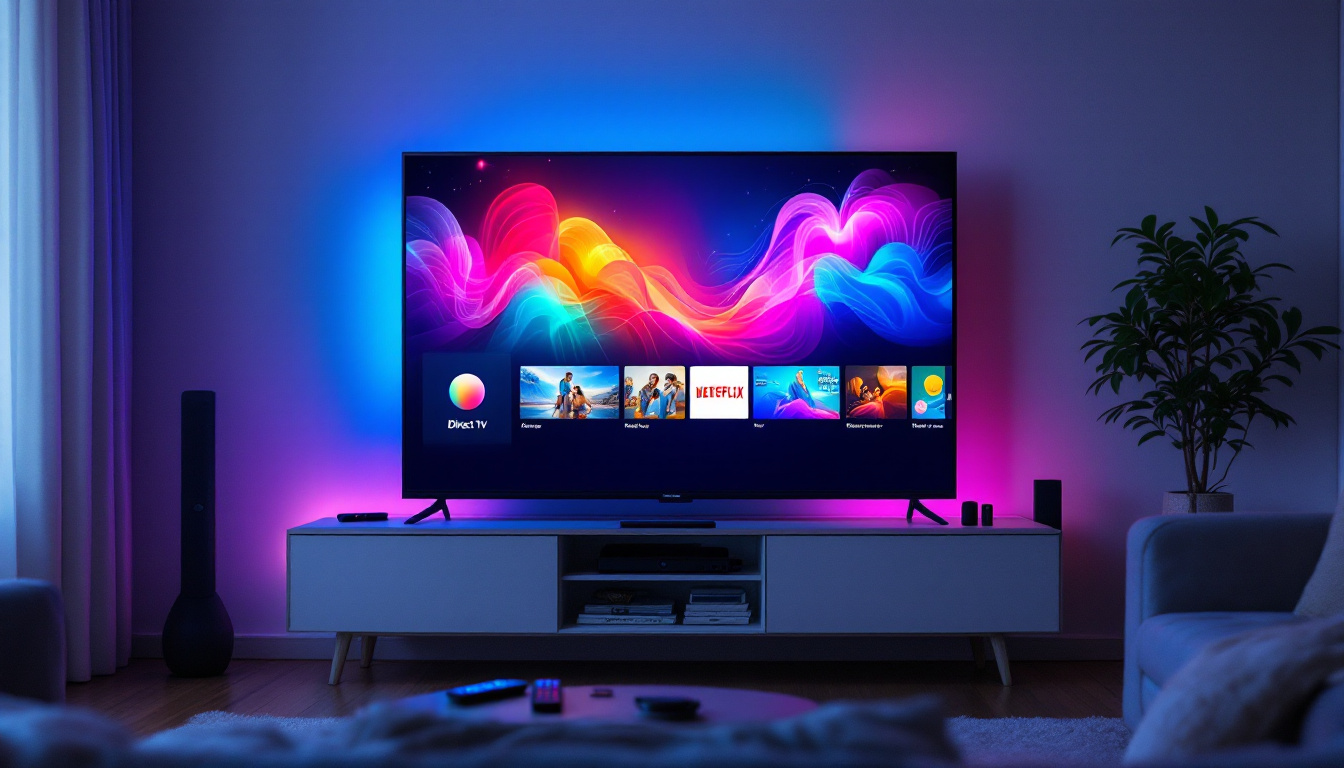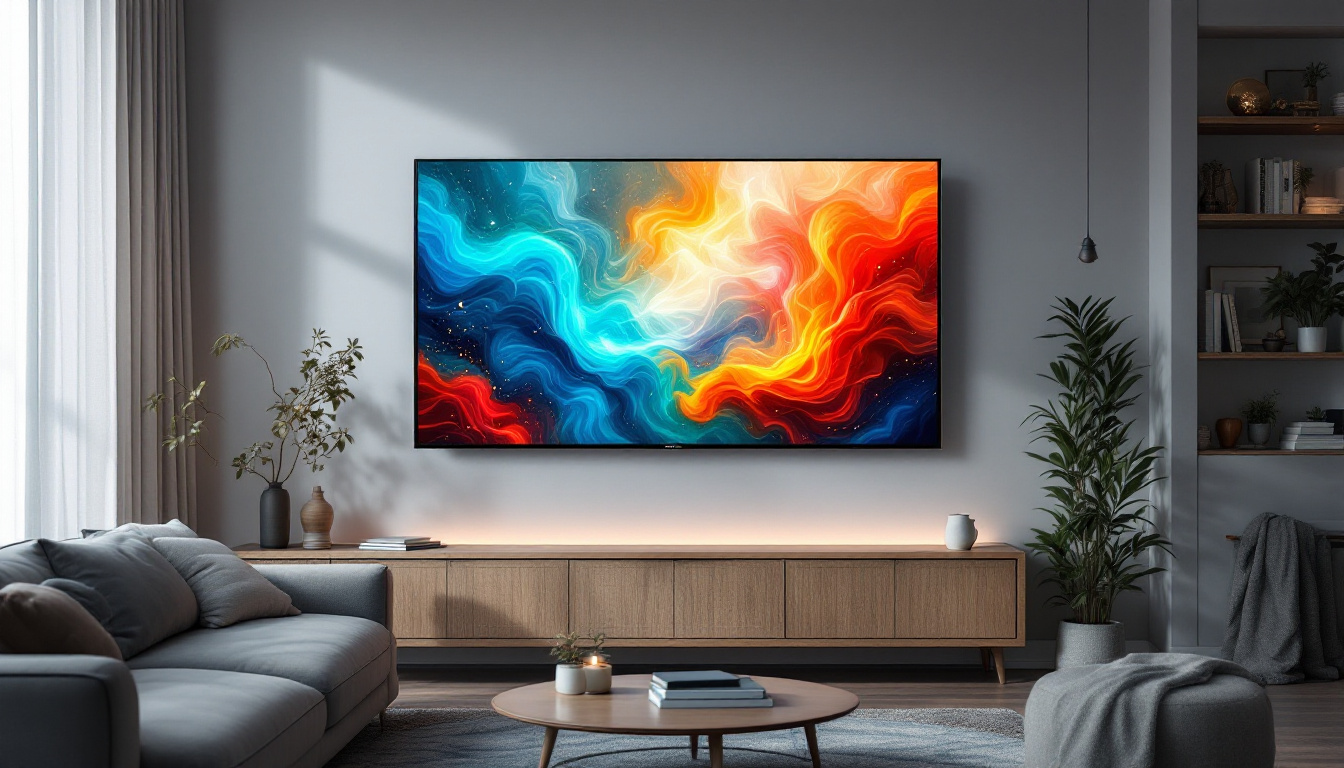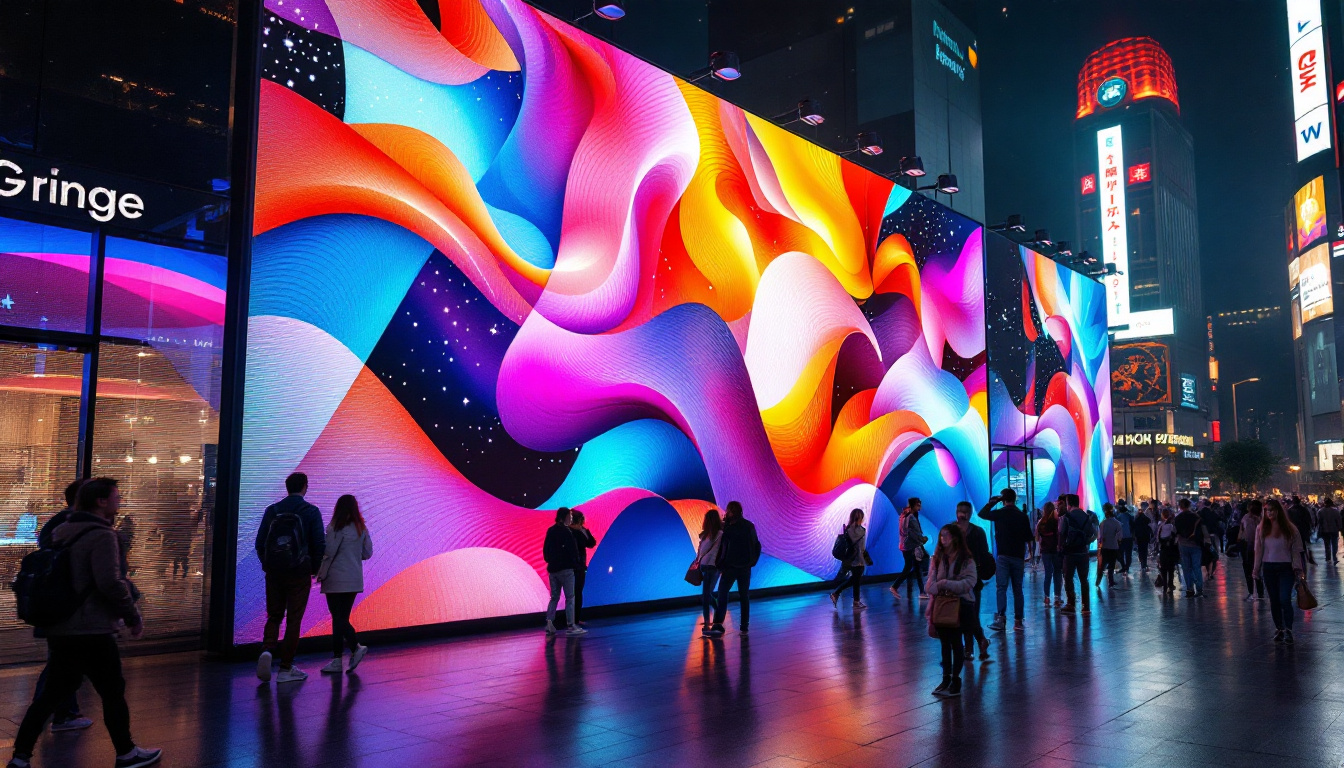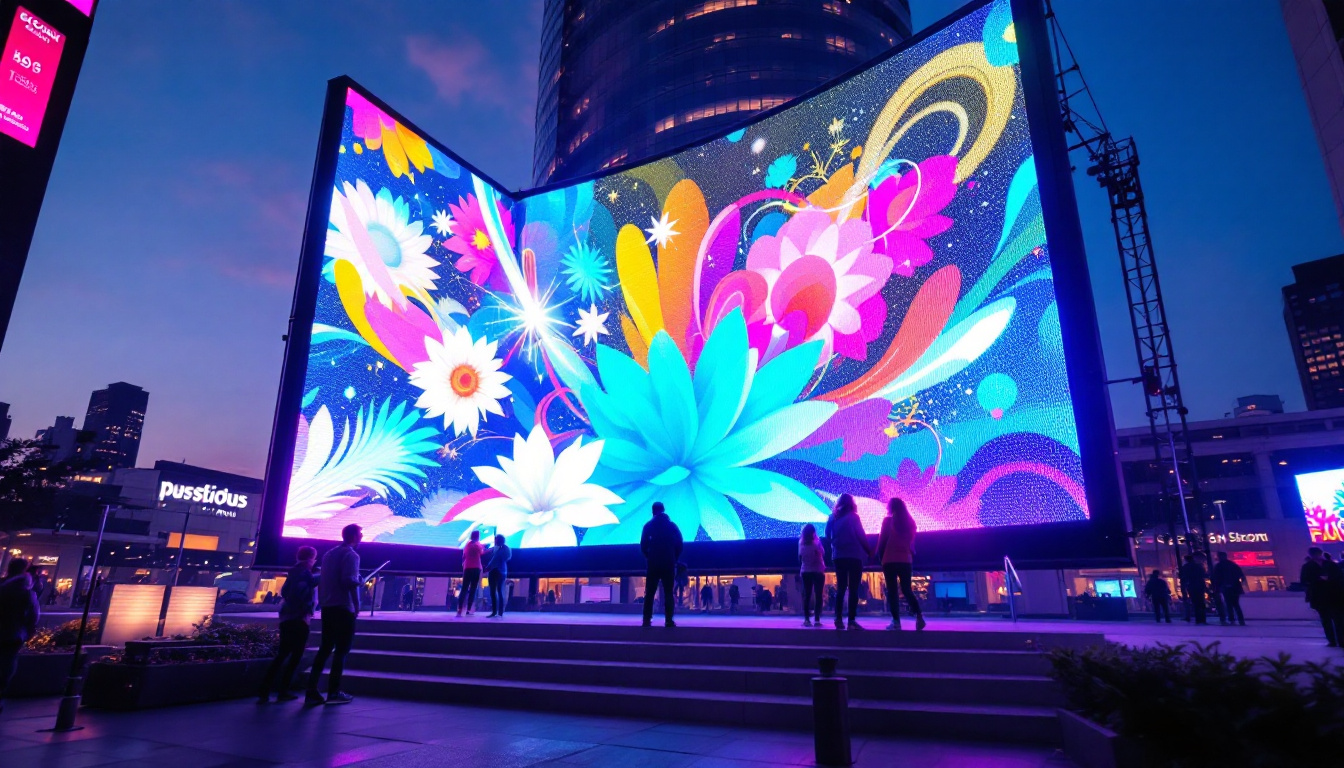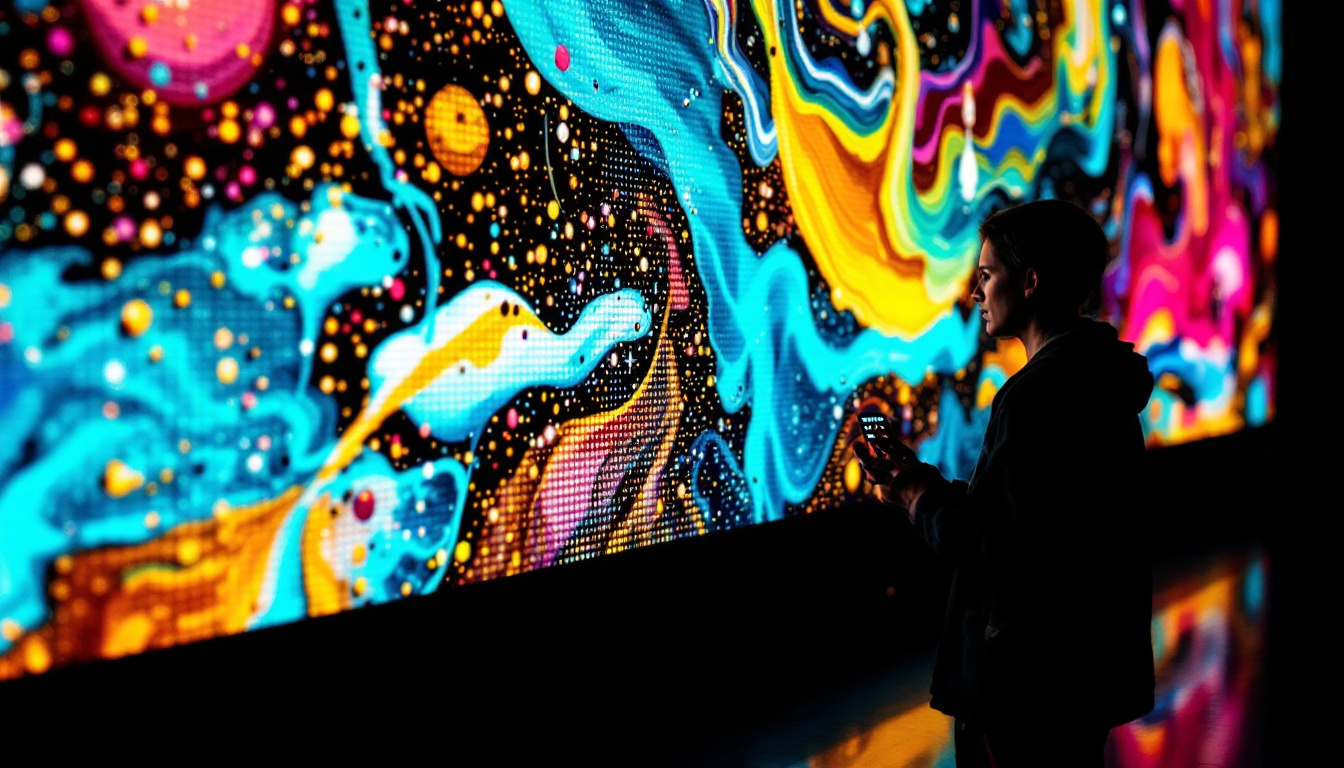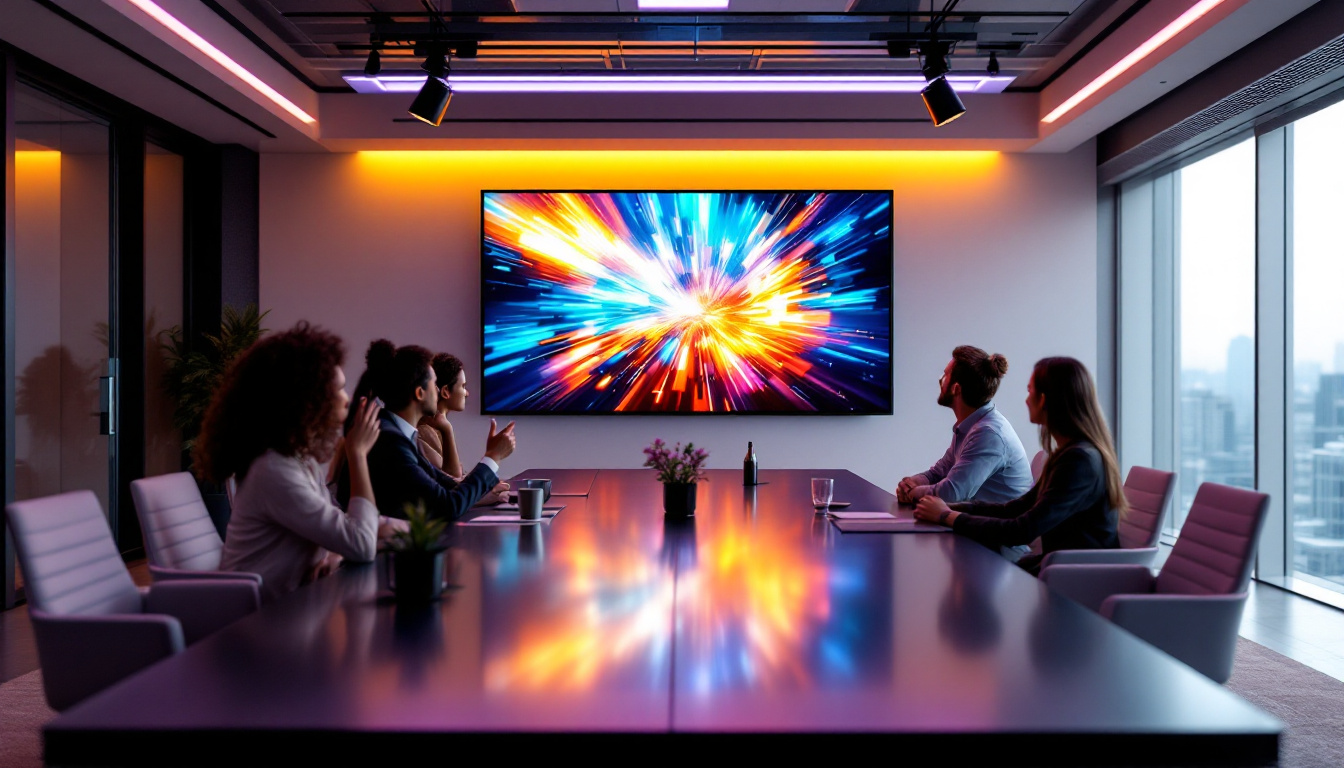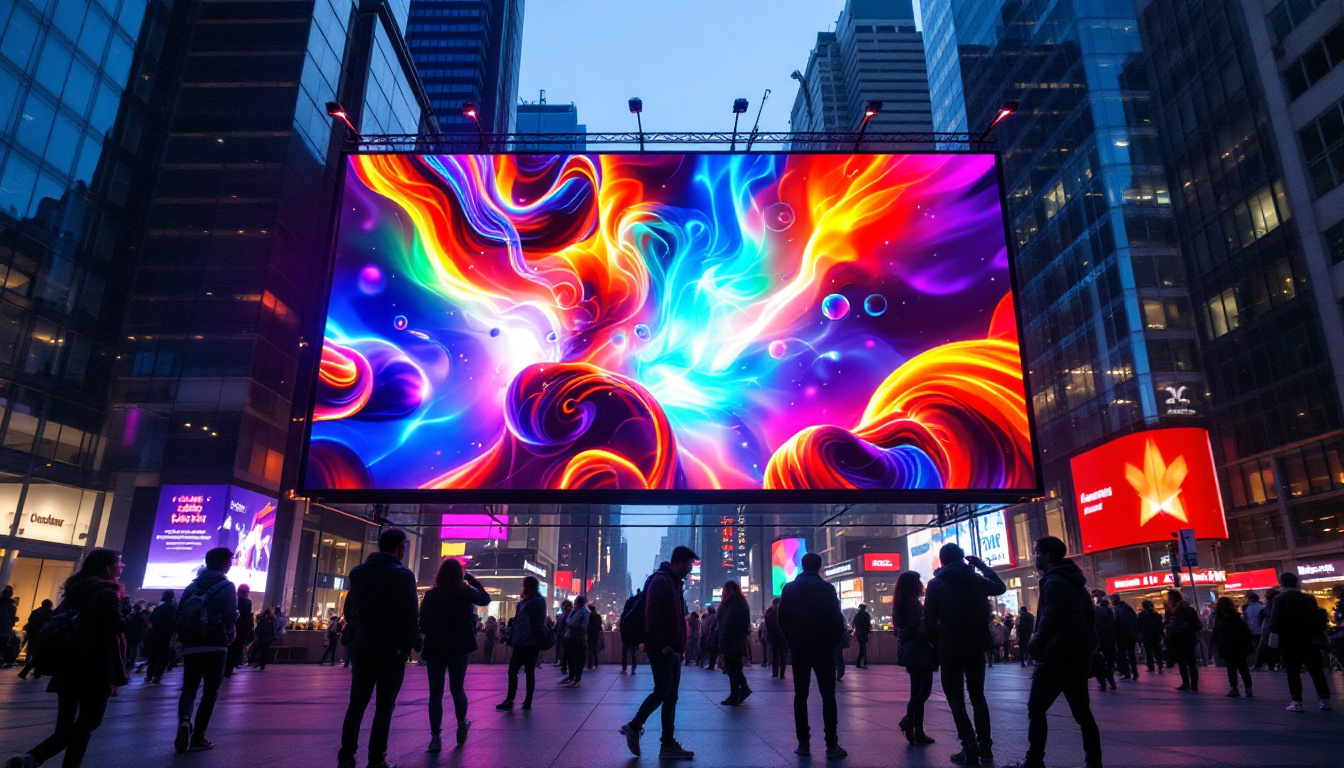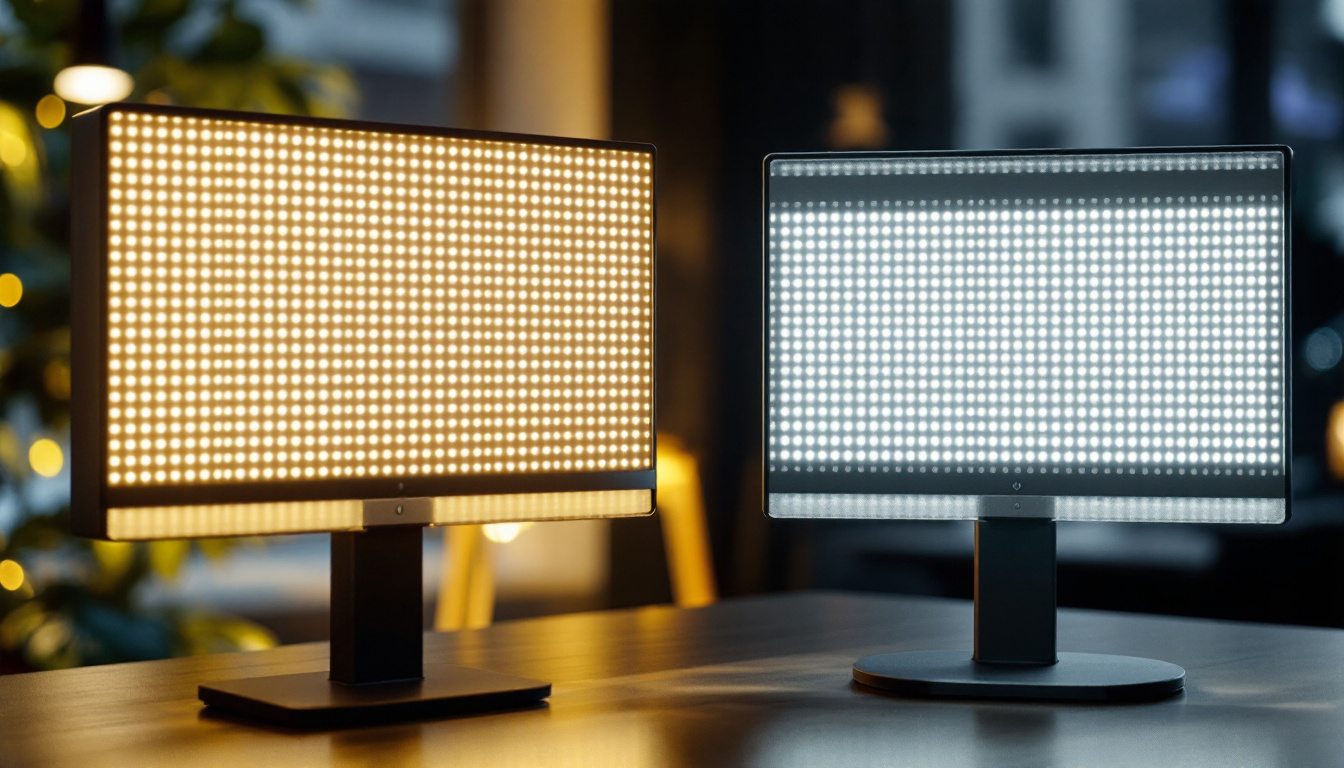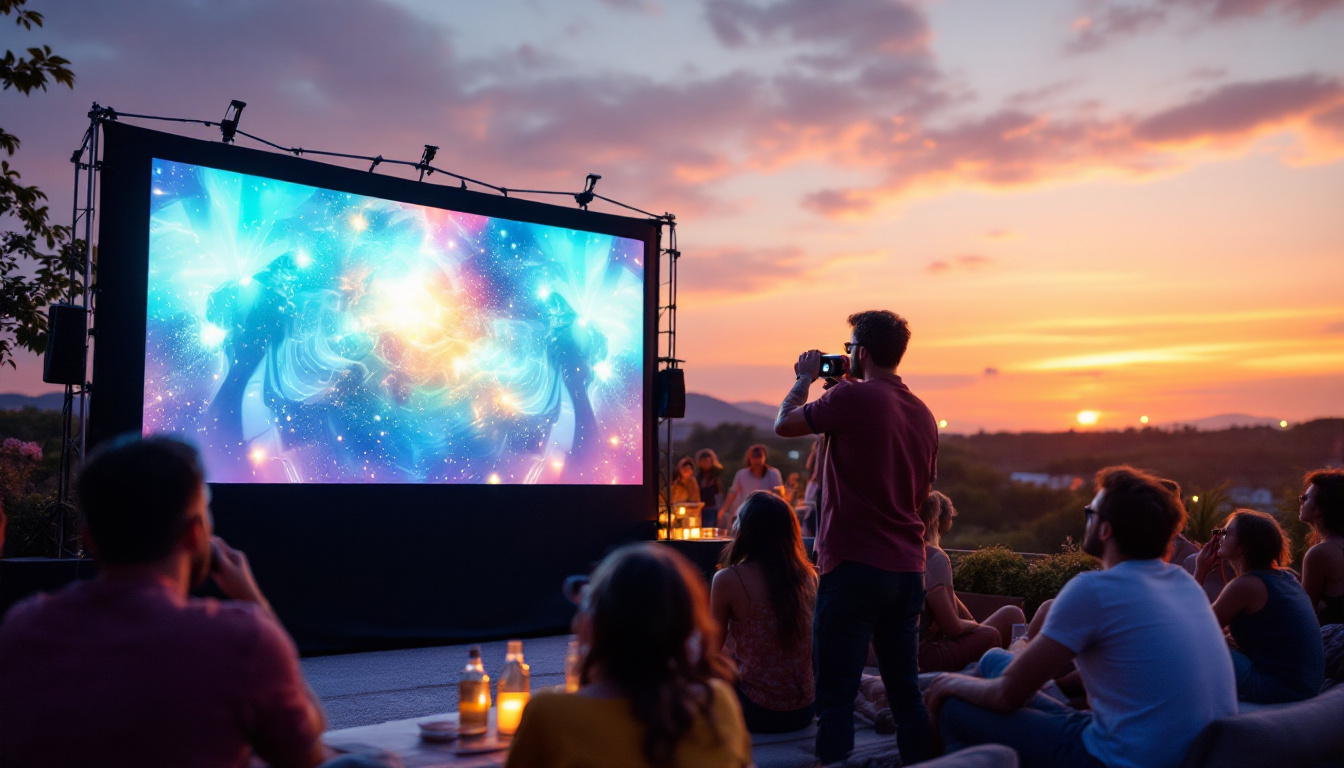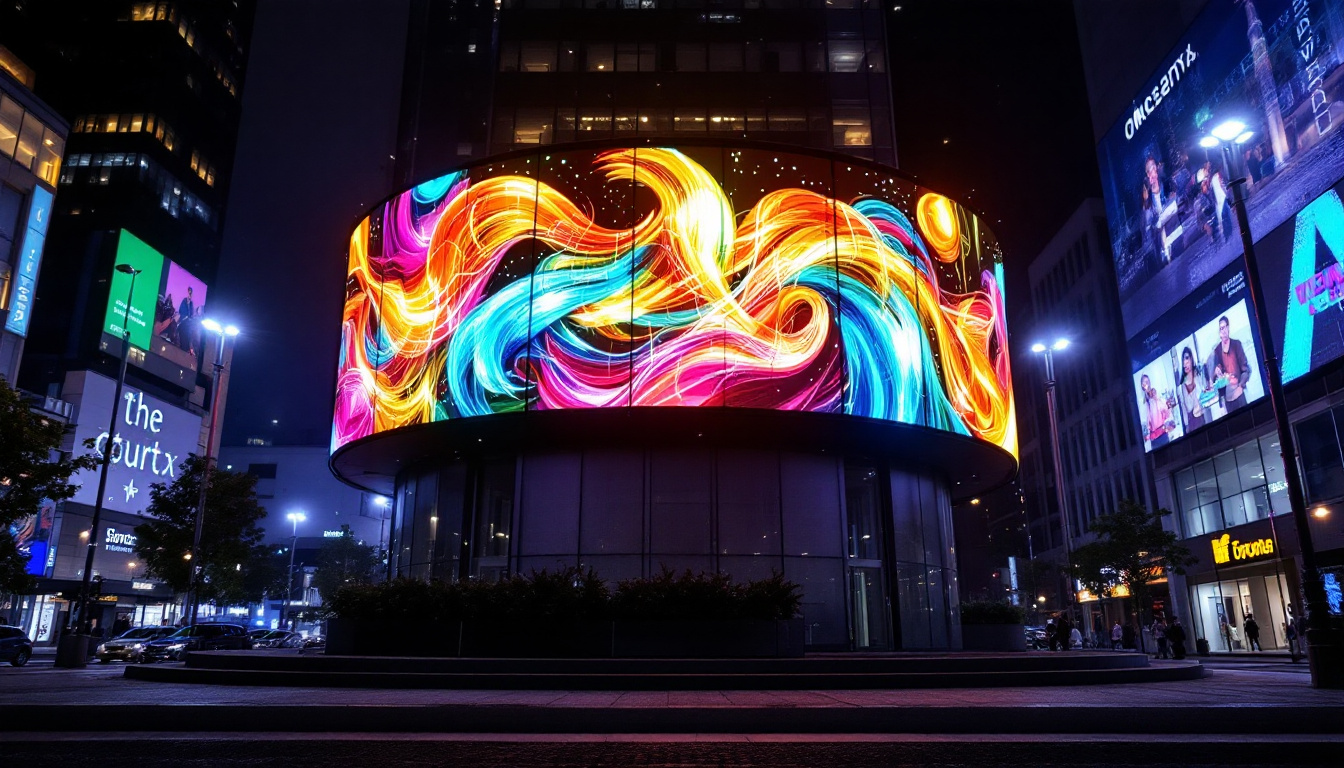In recent years, the incorporation of LED lights behind televisions has gained significant popularity among home entertainment enthusiasts. This trend not only enhances the aesthetic appeal of a living space but also improves the viewing experience by creating an immersive environment. This article delves into the workings of LED displays, the benefits of LED backlighting, and how to effectively set up LED lights behind your TV.
Understanding LED Technology
Light Emitting Diodes (LEDs) are semiconductor devices that emit light when an electric current passes through them. This technology has revolutionized the way we view screens, offering brighter images, better color accuracy, and energy efficiency compared to traditional lighting methods. LEDs have not only transformed consumer electronics but have also found applications in various industries, including automotive lighting, horticulture, and even medical devices, showcasing their versatility and adaptability.
How LEDs Work
At the core of LED technology is the principle of electroluminescence. When electrons move through a semiconductor material, they release energy in the form of photons, which we perceive as light. The color of the emitted light depends on the materials used in the semiconductor, allowing for a wide range of colors to be produced. This property enables the creation of RGB (Red, Green, Blue) LED systems that can mix colors to produce millions of shades, making them ideal for displays and decorative lighting.
LEDs can be categorized into two main types: organic LEDs (OLEDs) and inorganic LEDs. OLEDs are known for their ability to produce deeper blacks and a wider color gamut, while inorganic LEDs, often used in backlighting, are more common in standard displays. The flexibility of OLED technology allows for innovative designs, such as curved and foldable screens, which are becoming increasingly popular in smartphones and televisions.
The Evolution of Display Technology
Display technology has evolved significantly over the past few decades. From cathode ray tubes (CRTs) to liquid crystal displays (LCDs) and now to LED and OLED technologies, each advancement has brought improvements in image quality, energy consumption, and design flexibility. The transition from bulky CRTs to sleek flat-panel displays has not only enhanced aesthetics but has also made it possible to create larger screens without sacrificing space.
LED displays, in particular, have become the standard for modern televisions due to their thin profiles and superior performance. The ability to create vibrant colors and high contrast ratios makes them ideal for a variety of viewing environments. Additionally, advancements in LED technology, such as local dimming and HDR (High Dynamic Range), further enhance the viewing experience by providing deeper contrasts and more lifelike images. As manufacturers continue to innovate, we can expect even more exciting developments in display technology, including the integration of artificial intelligence for smarter image processing and adaptive brightness adjustments based on ambient light conditions.
The Benefits of LED Backlighting
Implementing LED lights behind a television not only enhances the visual appeal but also offers several practical advantages. Understanding these benefits can help consumers make informed decisions when setting up their home entertainment systems.
Improved Viewing Experience
One of the primary advantages of LED backlighting is the enhancement of the viewing experience. By placing LED lights behind the TV, viewers can enjoy a more immersive experience as the ambient light helps to reduce eye strain. This is particularly beneficial during extended viewing sessions, as the contrast between the bright screen and the surrounding darkness can lead to discomfort.
Moreover, the use of LED backlighting can help to create a more cinematic atmosphere, especially when watching movies or playing video games. The dynamic lighting can respond to the content displayed on the screen, further drawing viewers into the action.
Energy Efficiency
LED lights are known for their energy efficiency, consuming significantly less power than traditional incandescent bulbs. This efficiency extends to LED backlighting, which can help reduce overall energy consumption in the home. By using LED lights, homeowners can enjoy vibrant lighting without incurring high electricity bills.
In addition to being cost-effective, LED technology is also more environmentally friendly. LEDs have a longer lifespan compared to traditional lighting options, which means fewer replacements and less waste in landfills.
Customizable Ambiance
Another appealing aspect of LED lights behind TVs is the ability to customize the ambiance of a room. Many LED systems come with remote controls or smartphone apps, allowing users to adjust brightness, color, and lighting effects to suit their preferences. This flexibility enables homeowners to create the perfect atmosphere for any occasion, from movie nights to casual gatherings.
Additionally, some advanced systems even offer features like color syncing, where the LED lights change color based on the content being viewed. This feature can make the viewing experience even more engaging and enjoyable.
Setting Up LED Lights Behind Your TV
Installing LED lights behind a television is a straightforward process that can be accomplished with minimal tools and expertise. Here’s a step-by-step guide to help you get started.
Choosing the Right LED Strip Lights
The first step in setting up LED lights behind your TV is selecting the right LED strip lights. There are various options available on the market, including RGB (red, green, blue) strips that can produce a wide range of colors, as well as single-color strips for a more uniform look.
When choosing LED strip lights, consider the length of the TV and the desired brightness. Most LED strips come with adhesive backing for easy installation, but ensure that the adhesive is strong enough to hold the lights in place over time.
Preparing the Installation Area
Before attaching the LED lights, it’s essential to prepare the installation area. Start by cleaning the back of the TV to remove any dust or grease that may prevent the adhesive from sticking properly. A clean surface ensures a secure attachment and prolongs the lifespan of the lights.
Next, measure the length of the TV to determine how much LED strip light you will need. Most LED strips can be cut to size, so ensure that you have the necessary tools to make clean cuts if required.
Installing the LED Lights
With the preparation complete, it’s time to install the LED lights. Begin by peeling off the adhesive backing and carefully applying the strip lights along the edges of the TV. For a more polished look, consider placing the lights on the back panel, ensuring they are evenly spaced and aligned.
Once the lights are in place, connect them to the power source. Many LED strips come with a USB connector, making it easy to plug them into the TV or a nearby power outlet. Ensure that the wiring is neatly tucked away to avoid any clutter or tangling.
Enhancing Your Setup with Smart Features
For those looking to take their LED lighting setup to the next level, integrating smart features can provide added convenience and functionality. Smart LED lights can be controlled remotely, allowing users to adjust settings from their smartphones or through voice commands.
Integrating with Smart Home Systems
Many LED lighting systems are compatible with popular smart home platforms, such as Google Home or Amazon Alexa. This compatibility allows users to create routines and automate their lighting based on specific triggers, such as time of day or when a particular activity is initiated.
For example, one can set the lights to dim when it’s time to watch a movie or change colors based on the mood of the room. This level of customization enhances the overall experience and makes it easier to enjoy entertainment without manual adjustments.
Using Apps for Customization
Most modern LED lighting systems come with dedicated apps that allow users to customize their lighting experience further. These apps often feature a wide range of settings, including color selection, brightness adjustments, and various lighting effects.
Some apps even allow users to create their own lighting scenes, enabling them to tailor the ambiance to their liking. Whether it’s a soft glow for reading or vibrant colors for a party, the possibilities are virtually endless.
Maintenance and Care for LED Lights
To ensure that LED lights behind the TV continue to function optimally, regular maintenance and care are essential. Taking a few simple steps can prolong the lifespan of the lights and maintain their performance.
Cleaning the LED Lights
Dust and dirt can accumulate on LED lights over time, affecting their brightness and color accuracy. To clean the lights, use a soft, dry cloth to gently wipe the surface. Avoid using harsh chemicals or abrasive materials, as these can damage the lights.
It’s also a good idea to periodically check the connections and wiring to ensure everything is secure and functioning properly. If any issues arise, troubleshooting can often resolve minor problems without the need for professional assistance.
Replacing LED Strips
While LED lights are known for their longevity, they may eventually need to be replaced due to wear and tear or technological advancements. When it’s time to replace the LED strips, ensure that the new lights are compatible with the existing setup and consider upgrading to newer models for improved performance.
Replacing LED strips is usually straightforward, as most systems are designed for easy installation. Follow the same steps outlined earlier for a seamless transition to new lights.
Conclusion
Incorporating LED lights behind a television can significantly enhance the viewing experience while adding a touch of modern elegance to any living space. With the right setup, homeowners can enjoy improved comfort, energy efficiency, and customizable ambiance tailored to their preferences.
As technology continues to evolve, the possibilities for LED lighting are expanding, making it an exciting time for home entertainment enthusiasts. Whether it’s through smart integration or simple aesthetic enhancements, LED lights behind the TV are a worthwhile investment for any modern home.
Discover the Future of Home Entertainment with LumenMatrix
Ready to elevate your home viewing experience to new heights? LumenMatrix is at the forefront of LED display innovation, offering a wide array of solutions that bring your entertainment and visual communication to life. From immersive Indoor LED Wall Displays to dynamic Outdoor LED Wall Displays, and even specialized options like Vehicle LED Displays and LED Sports Displays, LumenMatrix has the technology to transform your space. Embrace the future of visual engagement with our cutting-edge LED displays. Check out LumenMatrix LED Display Solutions today and see how we can help you create a truly captivating viewing environment.

